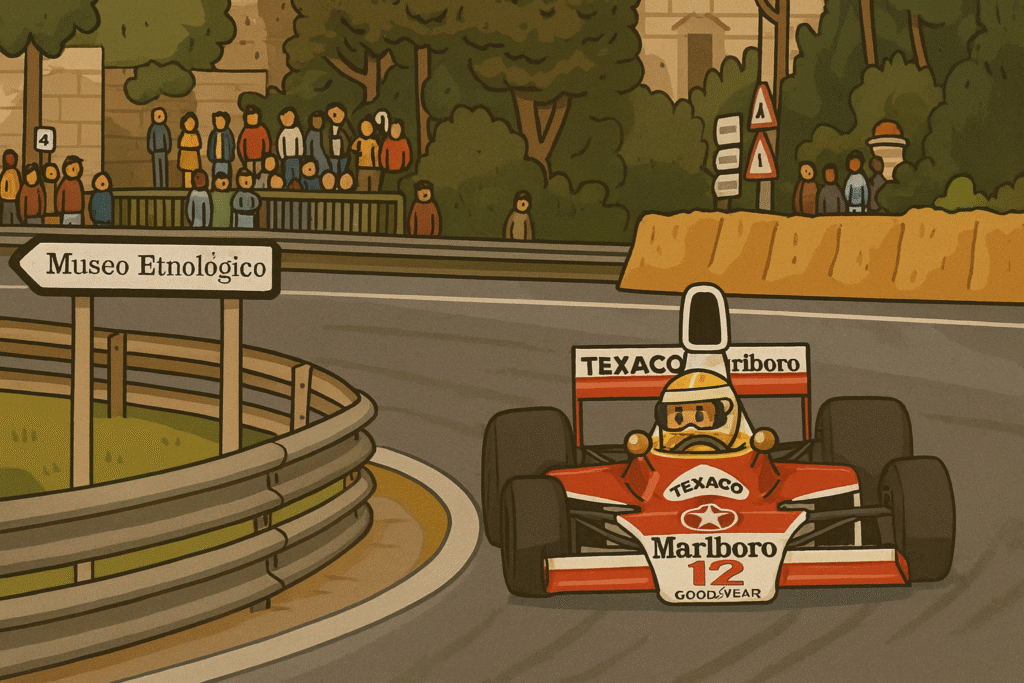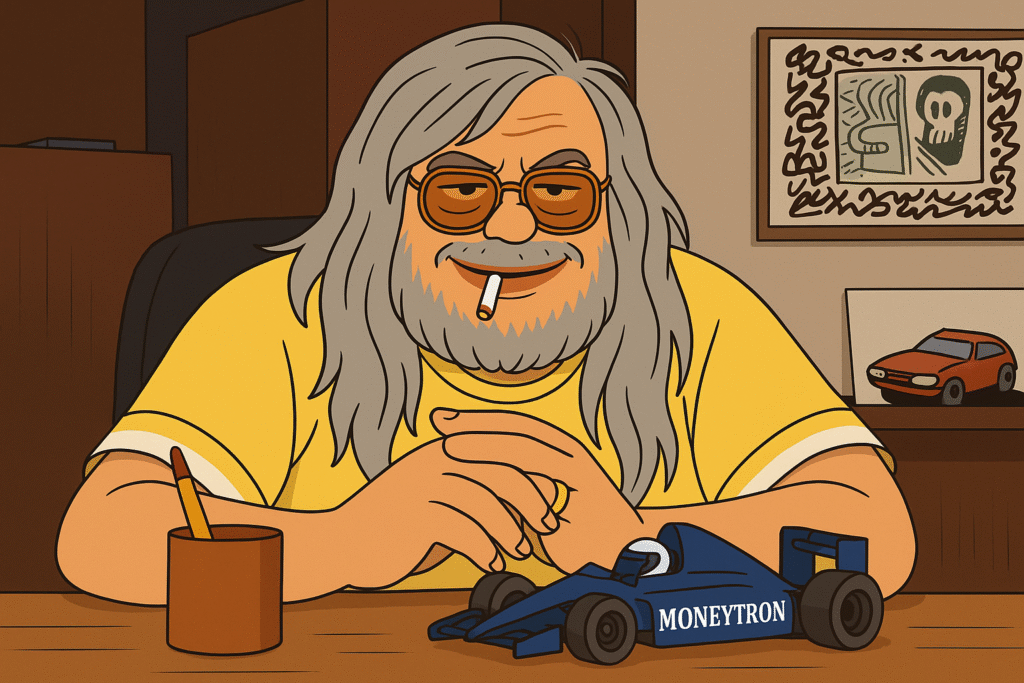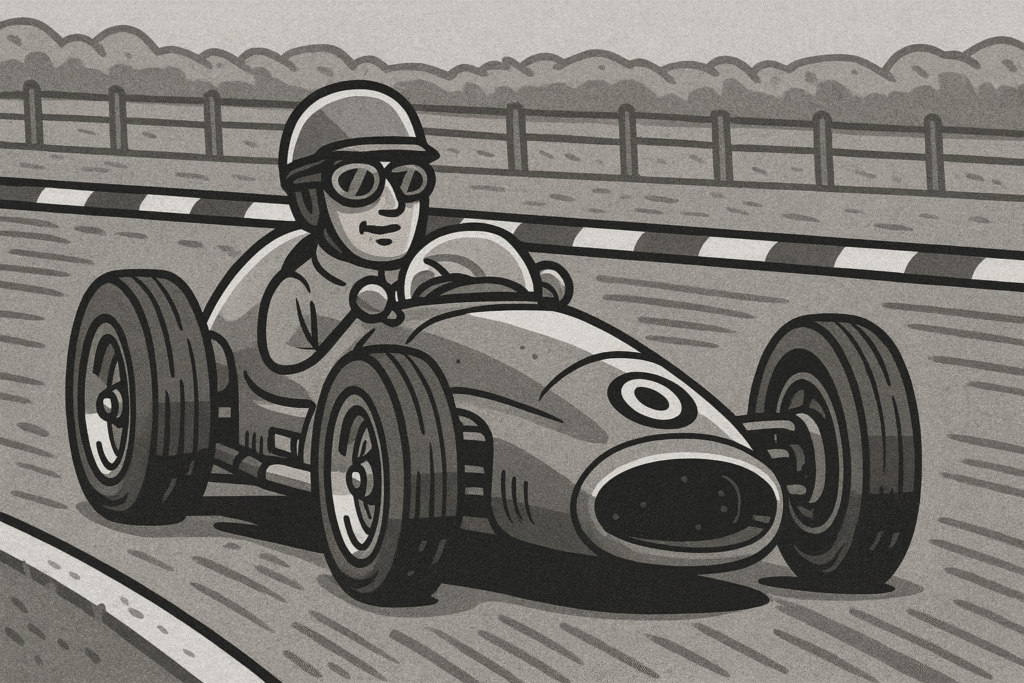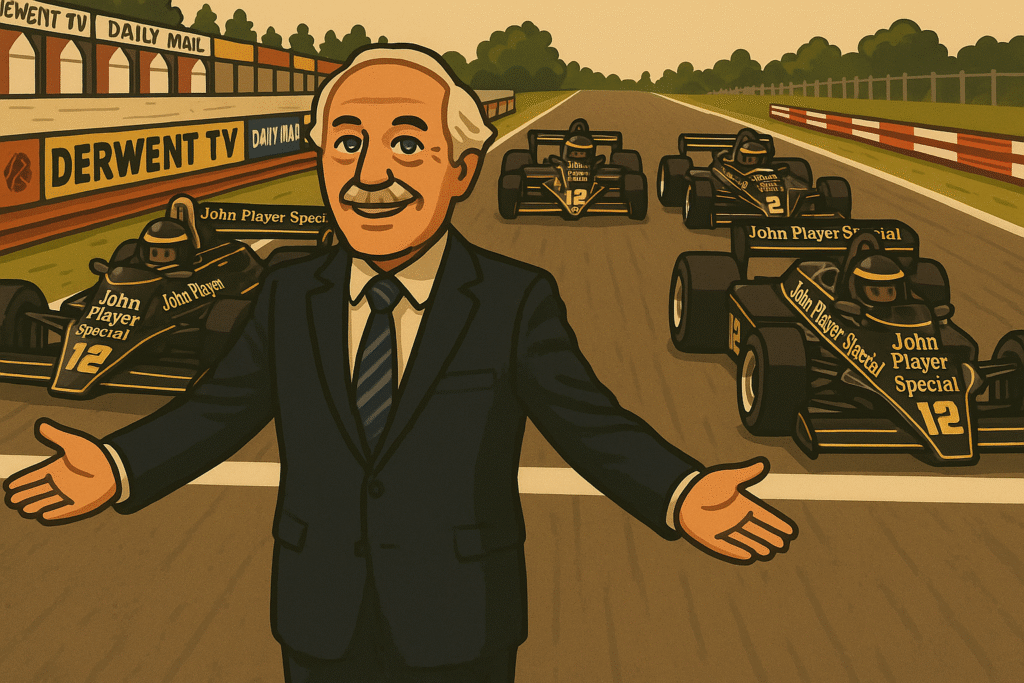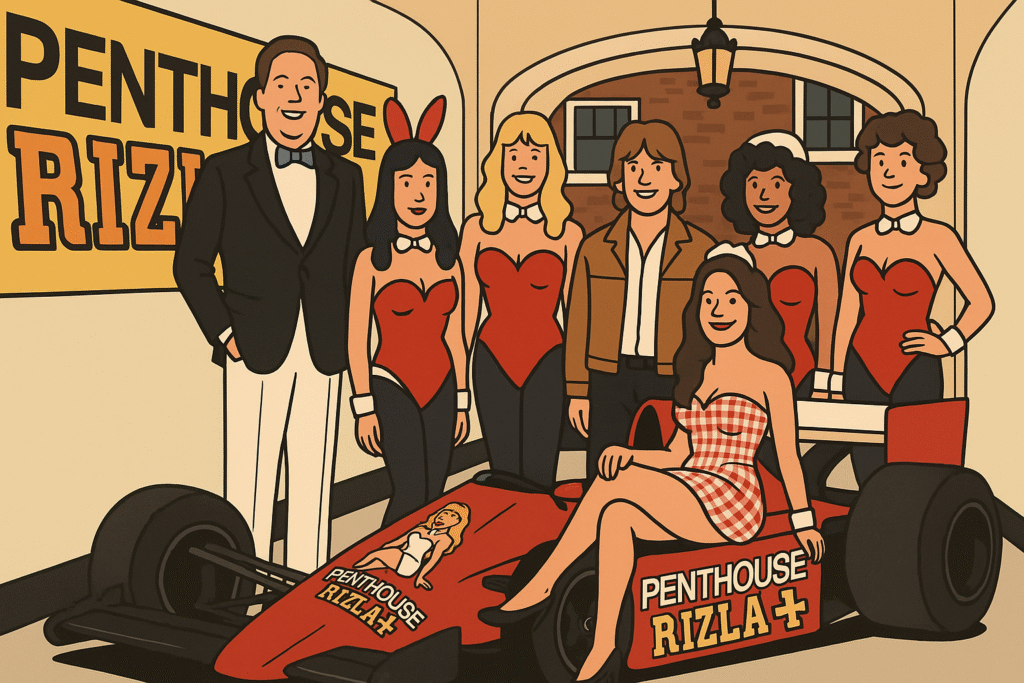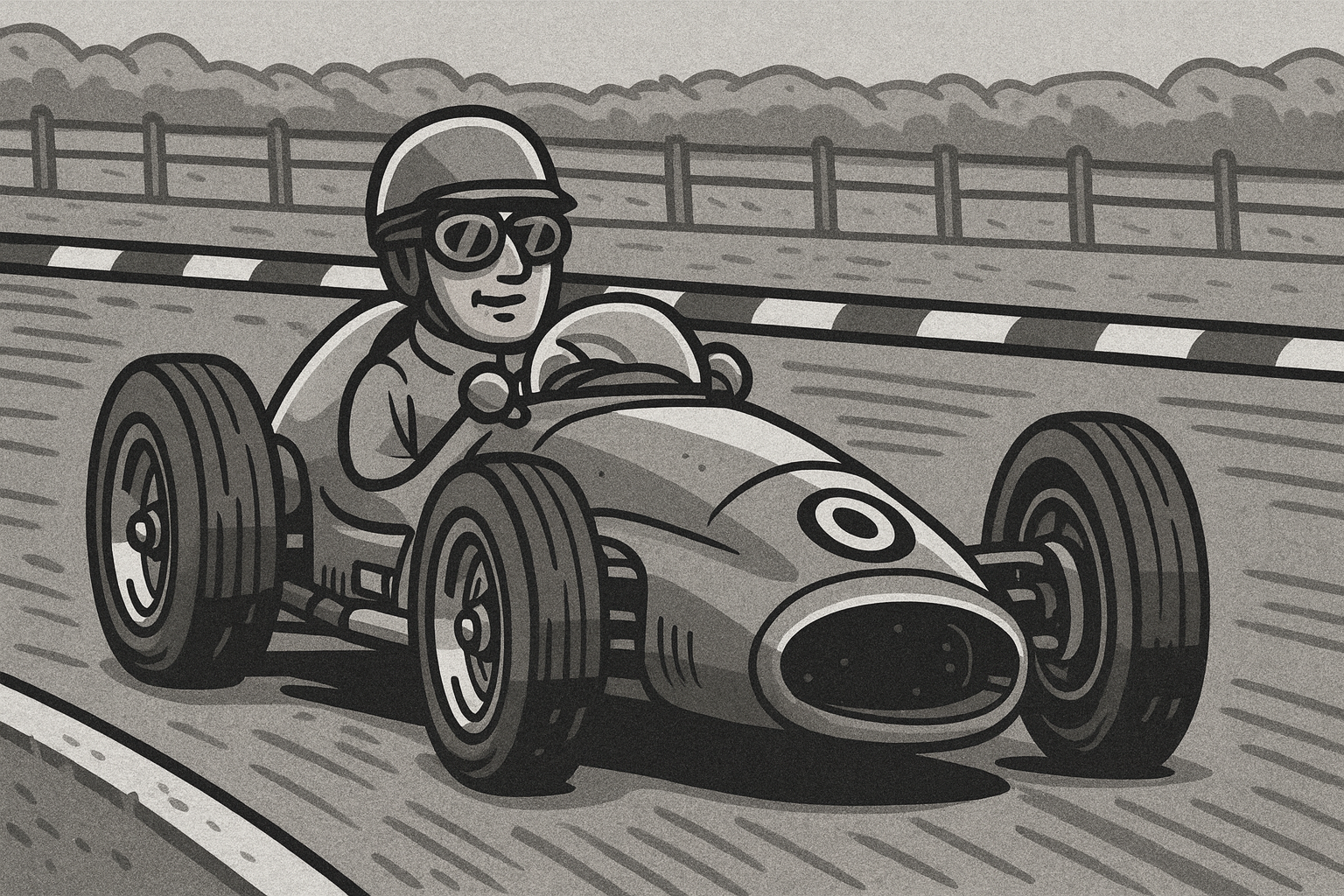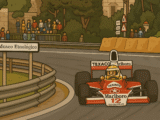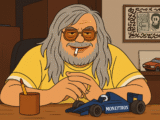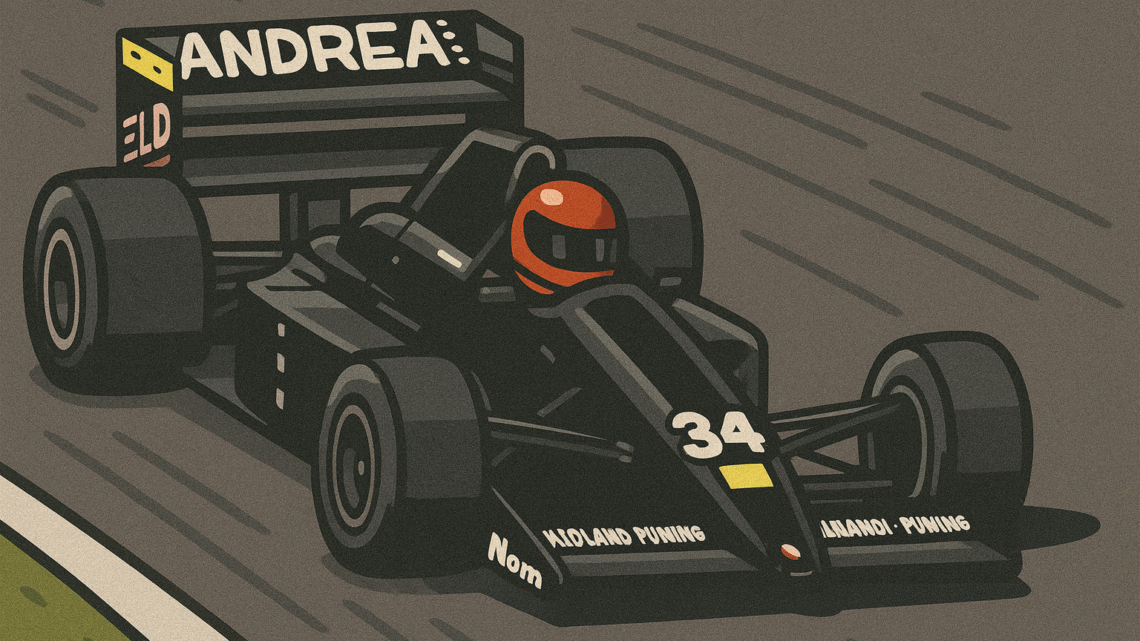
Andrea Moda: The F1 Circus That Crashed and Burned Spectacularly
September 3, 2025In the wild, unpredictable world of Formula 1, where multimillion-dollar budgets and engineering wizardry reign supreme, there’s always room for a good underdog story. But what about the ultimate underdog flop? Enter Andrea Moda, the Italian team that stumbled into the 1992 season like a clown car at a funeral—chaotic, unprepared, and hilariously doomed. Owned by shoe designer Andrea Sassetti, this squad lasted just nine races before being booted by the FIA for bringing the sport into disrepute. With alleged mafia ties, unqualified drivers, missing engines, and a boss arrested in the paddock, Andrea Moda wasn’t just bad; it was a masterclass in how not to run an F1 team. This tale of ambition gone awry, quirky mishaps, and outright madness proves that sometimes, the biggest F1 stories come from the back of the grid. Let’s unpack the mess, from its shaky origins to its ignominious end, with plenty of eyebrow-raising anecdotes along the way.
The Humble (and Hasty) Beginnings
Andrea Moda didn’t start as Sassetti’s brainchild—it was a hand-me-down from the struggling Coloni team. Founded by Enzo Coloni in 1987, the squad had been scraping by on a shoestring budget, using outdated chassis and engines that couldn’t compete. By 1991, Coloni was down to just six staff members, with cars designed by university students and powered by gutless Subaru engines. They failed to qualify for races more often than not, and financial woes forced Enzo to sell.
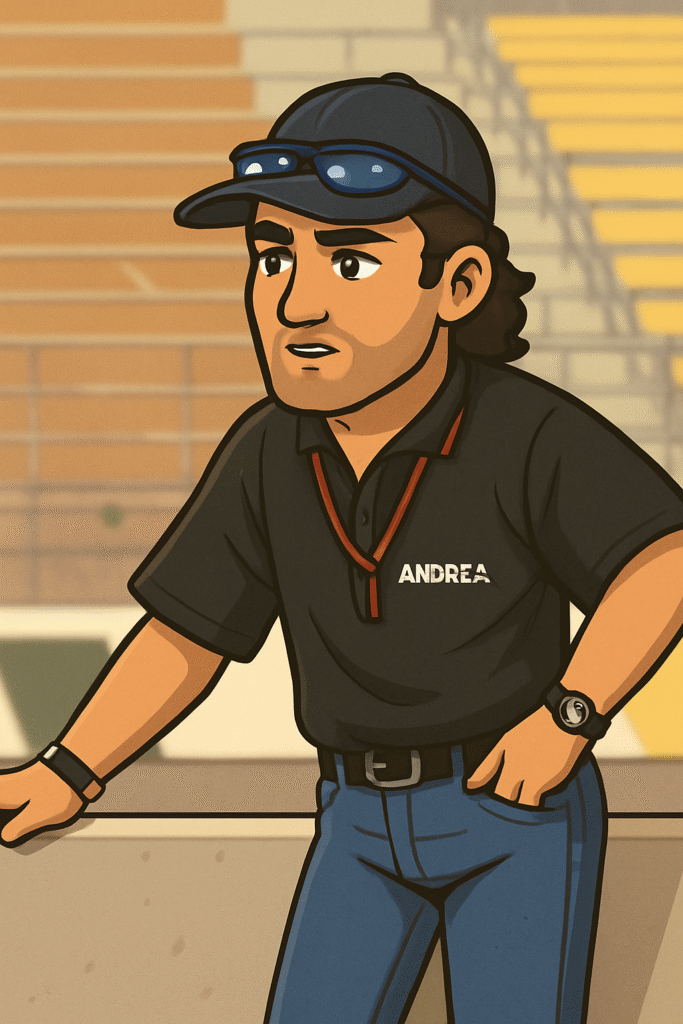
Enter Andrea Sassetti, a flamboyant Italian entrepreneur whose wealth came from his Andrea Moda shoe brand. In late 1991, he bought the team for around £8 million, rebranding it after his company. Sassetti, born in 1954 in the Marche region, was no stranger to controversy—rumors swirled about his fortune stemming from poker winnings, family inheritance, or even mafia connections. He relocated operations to his shoe factory in Morrovalle, boosting staff to 40, but many were shoe company employees with zero motorsport experience. Mechanics doubled as truck drivers, and the vibe was more amateur hour than elite racing.
Sassetti aimed high, hiring Nick Wirth’s Simtek Research to design a new car, the S921, based on a scrapped BMW project. But delays meant they’d start 1992 with Coloni’s old C4B chassis. Drivers? Italians Alex Caffi and Enrico Bertaggia, both with F1 experience but hardly superstars. The stage was set for disaster, and boy, did it deliver.
The 1992 Season: A Rollercoaster of Farce and Flop
The 1992 season kicked off in Kyalami, South Africa, and Andrea Moda rolled in with all the grace of a circus act gone wrong. They brought one proper car and a hastily repainted Coloni relic powered by a wheezing Subaru engine. But the FIA wasn’t laughing—they demanded a $100,000 new-team deposit, which Sassetti hadn’t paid, insisting his squad wasn’t “new.” After a fiery argument with officials, complete with some colorful Italian profanities, the team was sidelined before even turning a wheel. They slunk away, leaving the paddock buzzing about their rookie blunder.
Next stop, Mexico, where the S921 still wasn’t ready. Sassetti pulled out, citing “extenuating circumstances”—more likely to avoid a hefty $200,000 fine for not showing up. Frustrated, he fired Caffi and Bertaggia for daring to criticize the team’s shambles, then scrambled for replacements. In stepped Brazilian Roberto Moreno, a solid talent fresh from Benetton, and Brit Perry McCarthy, a journeyman racer who’d later morph into Top Gear’s original Stig. McCarthy signed on with stars in his eyes but no paycheck, lured by the F1 dream.
Brazil brought more chaos. Moreno crawled around the track 23 seconds off pace, while McCarthy’s super license arrived too late to race—he couldn’t even get on track. Neither qualified, setting the tone for a season of missteps. In Spain, Moreno’s engine blew out before a lap was done, and McCarthy struggled to get rolling, only to see his car’s borrowed engine explode three laps later after a heroic push back to the pits. The team’s shoestring assembly—literally handled by factory workers—shone through in all its glorious dysfunction.
Imola’s San Marino GP offered a glimmer of hope, but Moreno couldn’t escape pre-qualifying, while McCarthy languished further back. Monaco was the unexpected highlight: Moreno hauled the S921 into 26th place, started the race, and climbed to 19th before his engine gave up on lap 11. McCarthy, meanwhile, was stuck in pre-qualifying purgatory, his car lacking a proper seat, leaving him dizzy and disoriented—his time a comical 17 minutes off pace.
Canada turned into a logistical nightmare when a storm stranded their Judd V10 engines at a European airport. They arrived engineless, couldn’t run, and faced more fines, with Sassetti fuming but powerless. France? Truckers’ blockades kept them away—whether a convenient excuse or genuine obstacle, sponsors started jumping ship. By Silverstone’s British GP, Sassetti’s antics peaked: he sent McCarthy out on wet tires during a dry session, ensuring a pre-qualifying flop, while Moreno’s clutch exploded before he could shine. Germany followed with more DNQs.
Hungary offered a twist when Brabham’s collapse meant one car could skip pre-qualifying. Sassetti rigged it against McCarthy, sending him out with just 45 seconds left—a deliberate move to force his resignation. The FIA took notice, warning the team to run properly or not bother. Spa’s Belgian GP turned deadly serious: McCarthy’s steering seized at Eau Rouge due to a faulty arm swapped from Moreno’s car, a near-catastrophic blunder that smelled of sabotage. He survived the terrifying moment, heart pounding as he wrestled the car back to the pits, but it highlighted the team’s dangerous corner-cutting. Moreno DNQ’d again, and then the plot thickened—Belgian police arrested Sassetti in the paddock for forging invoices to dodge taxes.
The FIA had seen enough. After Spa, they banned Andrea Moda mid-season for “failure to operate in a manner compatible with the championship standards.” The team showed up at Monza’s Italian GP but was turned away, ending their nine-race circus with zero points, one start, and a legacy of laughs.
They are so bad that they even have their own documentary.
The Drivers’ Nightmare: From Hope to Horror
Andrea Moda’s drivers endured a nightmare. Caffi and Bertaggia were fired after South Africa for speaking out, with Bertaggia later offering $1 million in sponsorship—Sassetti tried rehiring him but FIA rules blocked it.
Moreno, a solid talent, joined hoping for stability. He qualified once—at Monaco’s 26th place—and started the race, climbing to 19th before his engine gave up on lap 11. Despite the chaos, he praised the S921 chassis, saying it had potential with better management. He escaped to Jordan mid-season, later driving for Forti and others before retiring.
McCarthy’s story is the quirkiest. The future Stig signed enthusiastically but faced sabotage: late licenses, mismatched parts, wet tires on dry tracks, and that Spa steering scare. At Hungary, the 45-second qualifying stunt was a clear resignation ploy. He pushed his car back in Spain out of sheer grit, only for the engine to blow. In his book Flat Out, Flat Broke, he dubbed Sassetti a “dictator terrified of losing power.” McCarthy never started a GP but turned the ordeal into Top Gear fame.
Both drivers highlighted the danger: unqualified mechanics, budget shortcuts, and a boss prioritizing ego over safety. McCarthy called it “attempted murder,” while Moreno lamented wasted potential.
Sassetti’s Controversies: Mafia, Money, and Mayhem
Andrea Sassetti was the chaotic core. His shoe empire funded the team, but whispers of mafia links abounded—unproven but stoked by his fiery temper and shady dealings. Mid-season, his disco was torched in an alleged assassination attempt, adding fuel to the rumors.
Financially, the team was a shambles. Sassetti dodged the FIA deposit, forged invoices (leading to his Spa arrest), and skimped on logistics. He hired shoe staff as mechanics, resulting in botched assemblies. Post-ban, he faced tax evasion probes while running restaurants, nightclubs, and construction firms—still dodging authorities.
In 1993, he slapped Andrea Moda on a CART car, but that flopped too. His shoe brand lingers with a single Singapore store, a shadow of its F1 ambitions. Sassetti’s post-F1 life stays low-key, but his tempestuous reign defined the team’s collapse.
The Ban and Lasting Legacy
The FIA’s ban after Spa was inevitable. Citing disrepute, they ejected Andrea Moda, a rare mid-season expulsion. The team’s nine events yielded zero points, one start, and endless ridicule.
Legacy? Andrea Moda is F1’s cautionary tale—the worst team ever, per many historians. It highlighted pre-qualifying’s brutality and the sport’s financial pitfalls. Sassetti faded into obscurity, Moreno consulted for juniors, and McCarthy became a TV icon.
In today’s billion-dollar F1, Andrea Moda reminds us of the 90s’ wild side—when dreamers like Sassetti could crash the party. It’s a hilarious horror story, proving that sometimes, the biggest flops make the best legends.
Montjuïc: The Scenic F1 Circuit That Ended in Tragedy
Jean-Pierre Van Rossem: The Fraudster Who Brought Ponzi Schemes to F1
James Hunt: The Shunt, the Playboy, and F1’s Ultimate Rockstar
Prince Bira: The Royal Pioneer
In the annals of Formula 1 history, few figures blend royalty, adventure, and motorsport as…
